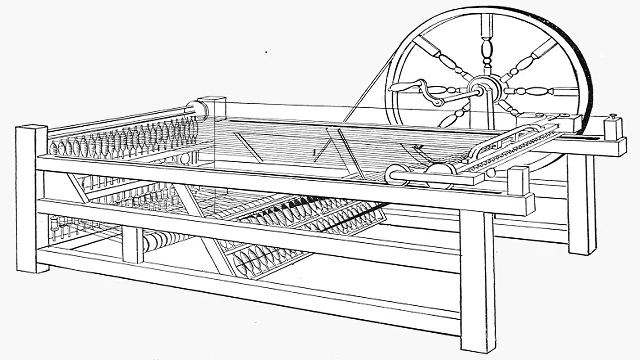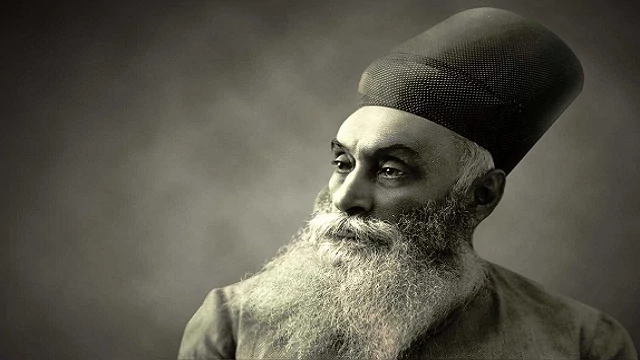Top 15 Industrial Revolution Inventions that Changed the World

In the late 17th century and early 18th century, the whole world saw a drastic change in the areas of production. In this article, we are going to discuss the important industrial revolution inventions which helped the whole world to have mass production.
This large scale production of the goods was only possible due to the industries. Thus the time period between the late 17th century and early 18th century is termed the Industrial Revolution period.
The history of Industrialization begins with the setting up of the first industry in Britain. But there is a problem with such ideas, that is even before industries began to appear on the maps of England and Europe, there was large scale industrial production for the international market. This was not based on factories. So many historians now refer to this phase as the proto-industrialization. Now, let’s first discuss the cause of the Industrial Revolution.
What Caused the Industrial Revolution Inventions?
Industries have played a major role in the production. The proto-industrialization was a phase in the development of the modern industrial economy that preceded and created conditions for the establishment of fully industrial societies. The revolution of the Industries began with the increasing demand for goods for the public and the locals. World trade expanded at a very fast rate during the 17th and 18th centuries. The acquisitions of colonies were also responsible for the increase in demand.
The town failed to produce the required quantity. Most of the countries of the world we’re dealing with the scarcity of food and the basic needs for himself and they were also not able to compete with the International market. The local peoples and the poor peasants were badly exploited by the rich landlords and the powerful town traders. The major factor that was responsible for the industrial revolution in Britain was the industrial revolution inventions.
Top 15 Industrial Revolution Inventions that Changed the World
The Industrial revolution inventions list that took place during the Industrial Revolution is given below:
Spinning Jenny
When the spinning jenny was introduced to the world by the James Hargreaves in the woolen industry, women who survived on hand spinning began to attack the new machines because they were badly affected due to the invention of the spinning jenny. In actuality, the spinning jenny is a multi-spindle spinning frame and was a great invention in the Industrial Revolution.
It was invented in the year 1764-1765. The conflict over the introduction of Jenny continued for a long time. After the 1840s, building activity intensified in the cities, opening up greater opportunities for employment. Roads were widened, new railway stations came up and railway lines were extended.
Cotton Mill
Richard Arkwright was the first person who created the first cotton mill, before the invention of the cotton mill by the Arkwright the cloth production was spread all over the countryside and carried out villages households. But, now the costly new machines could be purchased, set up and maintained in the mill.
The cotton mill was invented on December 20, 1790, and within the mill, all the processes were brought together under more careful supervision over the production process.

The importance of factories can be gauged from the various landscapes which were produced in the 19th century. Factories increasingly became an intimate part of England and later spread all over the world. Though it was against British law to leave the country if you are a textile worker, Slater fled anyway in order to seek his fortune in America
Steam Engine
The steam engine was produced by the Newcomen. This steam engine was improved by James Watt and patented the new engine in 1781. His industrialist friend Mathew Boulton manufactured the new model but for many years they could not find sufficient buyers.
At the beginning of the nineteenth century, there were approximately 322 steam engines all over England. Of these 80 were in cotton industries, 9 in wool industries, and the rest in the mining, canal works, and iron works. No other industry was using steam engines even in the late 19th century. So, even the most powerful technology that enhanced the productivity of labor was slow to be accepted by industrialists.

But still, it created a greater impact on the Industrial revolution. During the Industrial Revolution, steam engines started to replace water and wind power and eventually became the dominant source of power in the late 19th century and the remaining so into the early 20th century. The steam engine is still in use for many purposes.
Telegraph Communication
The Telegraph is one of the biggest Industrial revolution inventions which impact the world positively. Telegraph communication was developed around the 1800s. This technology helped the people to send messages and the news across the countries and laterally across the globe. Near-instant messages were only possible because of the invention of the telegraph during the 1800s.
Gas Lighting
Gaslight can be introduced as the asset of the industrial revolution. Commercial gas lighting was first introduced to the world in the year 1792.
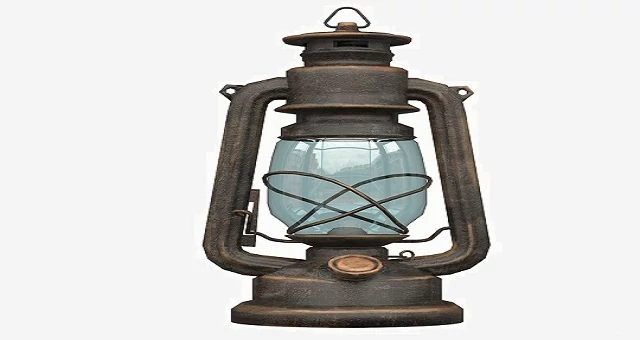
This commercial gas lighting uses coal as fuel to produce light and heat energy, Freidrich Winzer was the first person who patented the use of coal to produce the lighting. Now the persons and the factory workers could even work at night.
Flying Shuttle
The flying shuttle was another invention during the industrial revolution. The flying shuttle was first patented in the year 1733 by John Kay. It is an effective invention as it doubled the output that a worker could make.
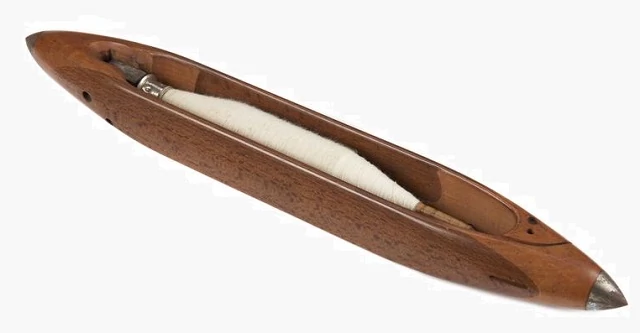
This resulted in halving the workforce of the countries. Before the invention of the flying shuttle, a weaver was required at each side of the broad-cloth loom but now a single person can do the work of two.
Portland Cement

Joseph Aspdin was the first who patented a chemical process that could make Portland cement. This invention of the industrial revolution has been the most important invention in the modern world also. Later, with this Portland Cement Brunel was able to make Thames Tunnel and a large scale construction also took place for the sewage.
The Modern Roads
Yes, the modern road is one of the most important inventions because before the invention of the modern roads the quality of the roads was a little poor. Therefore, Turnpike trusts were set up for the maintenance of the road and to make an effective transport system. By 1750, almost every main road In England was the Responsibility of a turnpike trust. The credit for the modern roads goes to John McAdam.
The Bessemer’s Process
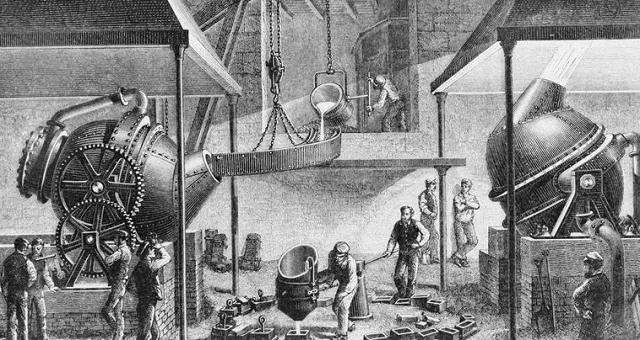
Bessemer’s process is a process that the whole world still remembers. It was the first process of mass production of still with the help of pig iron in the molten form. This would also prove as one of the great inventions of that time as steel was really in huge demand. Iron and steel suddenly became an important material as they could be converted into almost everything.
Invention of Volta

Volta is the first modern battery. Although there are many impressions and hints for early batteries, the real modern battery was discovered in the year 1800 and the mass production of this battery began in 1802 by William. The development of Electrochemistry was made possible only because of the invention of the Volta modern battery.
The Power Loom
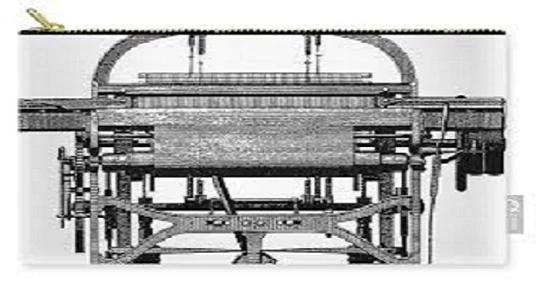
Worker’s output was effectively increased due to the invention of the Power Loom. It was an important invention of the Industrial revolution, therefore I am talking about it here. Edmund Cartwright was the person who introduced Power Loom in the year 1784. The Power Loom gad many changes until it became fully automated. By the year 1850, there were almost 260,000 Power Looms installed in the factories over the United Kingdom.
Spinning Mule
In actuality the Spinning Mule is a combination of the spinning jenny and Water Frame. The Spinning Mule cam produces a good, soft and fine quality of the yarn that could be used in different textile industries.
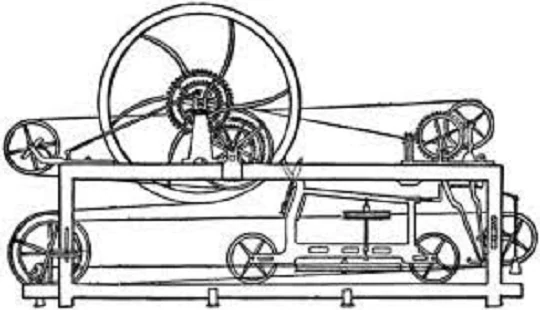
The Spinning Mule best suited for the production of the muslins, it is very well known to most of us. The credit for the invention of Spinning Mule goes to Samuel Crompton in the year 1775.
Camera Obscura
In the year 1814, a journey of discovery was started by Joseph Nicéphore Niépce that make him the first person to take the first-ever photograph. He did it using the new-fangled camera obscura that was set up in the windows of his own home.

He did a lot of experiments using different cameras and chemicals for almost the next 10 years and finally, in the year 1927, he succeeded in creating the first long-lasting image.
Typewriter
The typewriter is very familiar to all of us. We all type hundreds or thousands of words through keyboards. The inspiration to make keyboards were taken from the typewriter. The first typewriter was patented by William Austin and he terms it as Typographer.
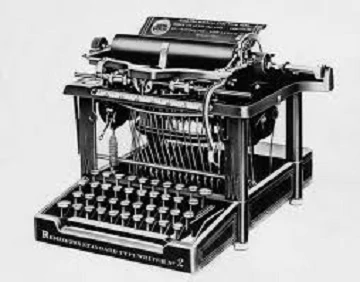
The typographer needed to use a dial rather than the keys to select the letters or characters. The lack of efficiency of the Typographer became a cause of its unpopularity in the world. Therefore, the modern typewriter would be invented in 1867 by Sholes.
The Dynamo
One of the great inventions of the industrial revolution is Dynamo and I can forget to add this topic here. The principles of electromagnetic generation were discovered in 1830 by Michael Faraday. He noticed that electromotive forces are generated when an electrical conductor encircles a varying magnetic flux.
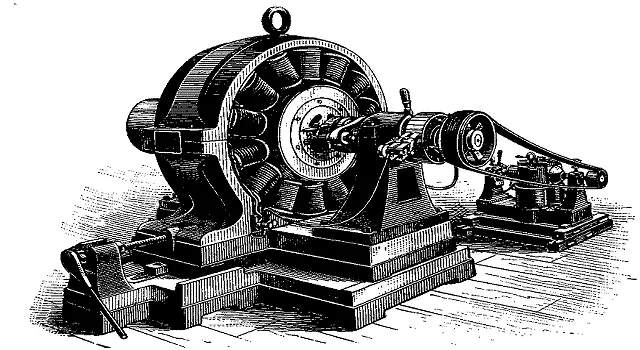
This later became the Faraday law. The first true dynamo, based on Faraday’s principle, was built in 1833 by Pixi. The device made by Pixi uses a permanent magnet that was rotated using a crank.
People Involved in the Industrial Revolution in India
In India, most of the Industries were set up by Indian entrepreneurs. Many Indian entrepreneurs hustle hard to set up the Industry that can compete with the International market. The entrepreneurs that set up the industries are:
Dwarakanath Tagore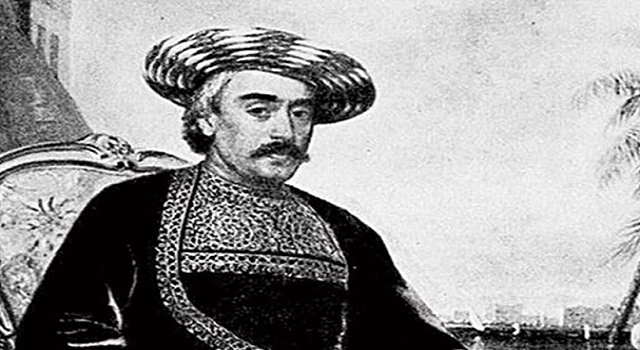
Fig.- Dwarakanath TagoreHe was a leading trader of Bengal. Dwarakanath accumulated his wealth through the China trade before he turned to industrial investment. He set up 6 joint-stock companies in the 1830 and 1840s. Though his enterprises sank in the 19th century he showed the way to many Chinese traders who later became successful industrialists.
Jamset ji Tata
He is generally accepted as the Father of the Indian industry. He had accumulated his wealth partly from raw cotton shipments to England.
Birla
Birla belonged to the Marwari group who had established a business in a cotton dealership. Birla’s is still a big enterprise in India which helps a lot of foreign countries too.
What was the impact of the Industrial Revolution Inventions?
A series of inventions in the eighteenth century simplified the steps of the production process which includes the work of carding, twisting, spinning and the rolling. The new invention helped in increasing the output per worker, enabling each worker to produce more and more goods. Along with the quantity, there was an improvement in the quality too. The new inventions made possible the production of stronger threads and yarn.
There are other impacts and effects of the Industrial revolution. The Industrial Revolution which has already impacted the whole world is a labor union. A labor union is a group of people who shares common jobs, work or industry that joins together to fight or improve the working conditions of their personal lives.
Women are also an important part of life and they can not be untouched by the effects of the changes that are appearing and taking place in the world. The women were also affected due to the Industrial Revolution, they used to make handlooms and hand spins but after the invention of the spinning jenny and the Industries, the demand for the hand made looms decreased due to which they were badly affected socially and economically. This loses the home jobs raged the women to attack the spinning jenny which caused great conflict.
But, on the other hand, there was a positive impact also for the women who were given jobs and allowed to work in the textile industries and the coal mines in large numbers, for example, while male British industrial workers were often paid 10 shillings per week, women were paid half that. At the same time, socialist values were emerging in the Industrial Revolution, as workers began to protest and fight for more equal rights.
General FAQs
How and where did the Industrial Revolution begin?
Ans: The Industrial Revolution began in Great Britain in the year 1760 to 1870 or you can say that it began in the late 17th and early 18th century and spread to France, Germany, Netherlands and other nations of Europe.
Why was the invention of the steam engine important?
Ans: The main reason that tells us the importance of the steam engine during the Industrial revolution is that steam engines started to replace water and wind power and eventually became the dominant source of power in the late 19th century and the remaining so into the early 20th century.
Were there any Indians who made remarkable achievements during the Industrial Revolution?
Ans: Yes, there are many Indians who made remarkable achievements during the Industrial revolution some of them are Dwarakanath Tagore, Dinshaw Petit, Jamsetji Tata, Seth Hukumchand, Birla’s and etc.
What are the three major inventions of the Industrial Revolution?
Ans: There are many Industrial Revolution inventions but the major three inventions that changed the world are the spinning jenny, steam engine, and the cotton mill.
ALSO READ

